Home/Wellness Zone/Sakra Blogs

17th Feb, 2025
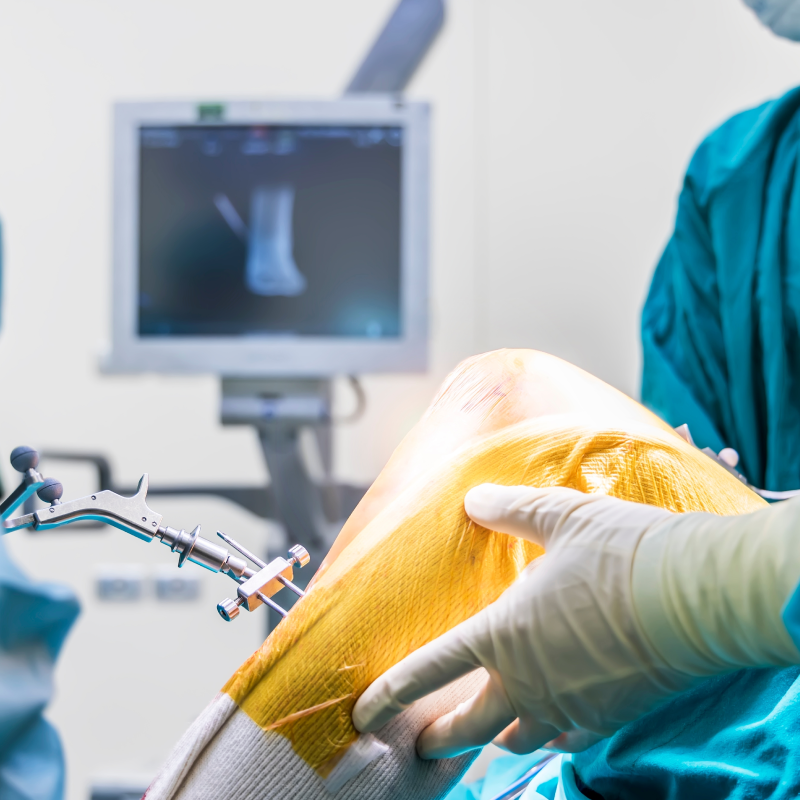
Knee replacement surgery has come a long way over the past few decades, with advancements in technology significantly improving patient outcomes. One of the most groundbreaking innovations in recent years is the use of active robotics in knee replacement procedures. This cutting-edge technology is revolutionizing the way surgeons perform operations, offering greater precision, personalization, and efficiency.
Active robotic systems are advanced robotic-assisted tools that play an active role in the surgical process. Unlike passive or semi-active robotic systems, which rely more on the surgeon’s manual input, active robots can autonomously execute parts of the procedure under the surgeon’s supervision. These systems integrate real-time imaging, artificial intelligence (AI), and haptic feedback to assist surgeons in achieving optimal implant positioning and precise bone cutting.
Traditional knee replacement procedures rely on manual techniques, which can lead to slight variations in implant placement. Even small misalignments can affect the longevity and function of the knee implant. Active robotic systems use real-time data and pre-operative imaging to map out a highly accurate surgical plan. These robots assist in making ultra-precise cuts, ensuring perfect alignment and a more natural knee movement post-surgery.
Every patient’s knee anatomy is unique. Active robotic systems allow for patient-specific customization, using CT scans or intraoperative mapping to create a 3D model of the patient’s knee. This enables the surgeon to tailor the procedure to the individual’s needs, leading to a better fit and improved long-term outcomes.
Traditional knee replacement surgery often involves large incisions and more extensive soft tissue disruption. Active robotics enable a minimally invasive approach, reducing the size of incisions and preserving surrounding tissues. This leads to less blood loss, reduced pain, and faster recovery times compared to conventional methods.
Active robotic systems enhance surgical precision, significantly lowering the chances of implant misalignment, instability, or early wear and tear. This reduces the risk of revision surgery, leading to better long-term success rates.
Because of greater accuracy, minimal tissue damage, and better implant positioning, patients often experience a faster and smoother recovery. Many report less post-operative pain and a quicker return to daily activities compared to those who undergo traditional knee replacement procedures.
As robotic technology continues to evolve, active robotics in knee replacement surgery will likely become even more advanced. Future developments may include AI-driven predictive analytics, real-time robotic learning, and even greater automation to improve surgical outcomes. With continuous innovation, active robotic-assisted knee replacement is set to become the gold standard in orthopedic surgery, offering patients safer procedures, quicker recoveries, and longer-lasting results.
Active robotics is transforming knee replacement surgery, bringing unparalleled precision, efficiency, and patient-specific customization to the operating room. As technology advances, more patients will benefit from this innovative approach, leading to improved quality of life and mobility. If you are considering knee replacement surgery, discussing robotic-assisted options with your surgeon may be a step toward a smoother recovery and a more successful outcome.
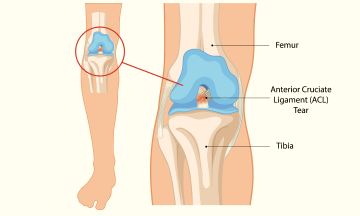
Ligament injuries, especially to the
19 Feb 2025
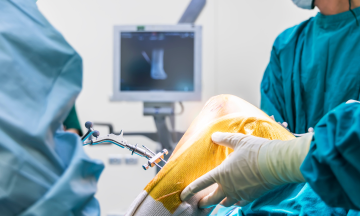
Knee replacement surgery has come
17 Feb 2025
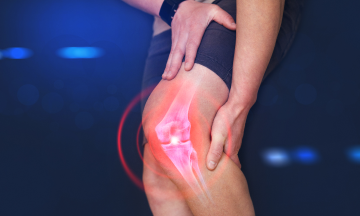
Knee ligament injuries are common
17 Feb 2025

Maintaining good posture while working
13 Nov 2024

Shoulder pain is a common
13 Nov 2024

Shoulder injuries are common in
16 Sep 2024

Shoulder arthroplasty, also known as
16 Sep 2024
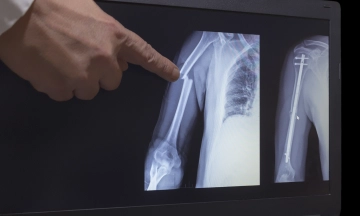
A hairline fracture,
23 Jul 2024

A rotator cuff is a
20 Apr 2023
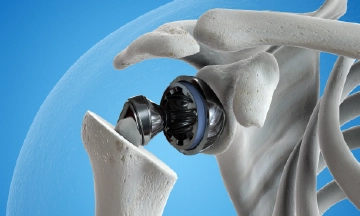
Shoulder replacement surgery, also known
15 Mar 2023

Bengaluru, December 13, 2020:Sakra World
7 Jun 2021

Importance of Knee Joint The knee
6 Nov 2020

There are a subset of
6 Nov 2020

Question: I haven’t been injured
24 Jan 2020
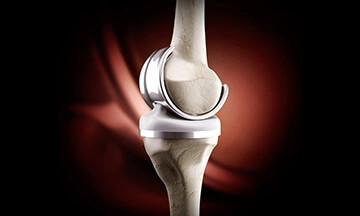
Medically known as adhesive capsulitis,
23 Dec 2019

Medically known as adhesive capsulitis,
23 Dec 2019

Living in pain can be
23 Dec 2019

Overview of treatment options for
23 Dec 2019
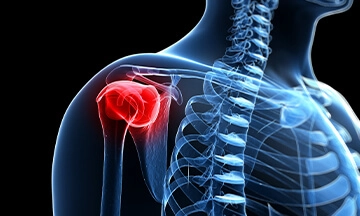
There are a variety of
23 Dec 2019

If you've been around athletes,
23 Dec 2019

Simple activities like brushing hair
23 Dec 2019

The shoulder consists of several
23 Dec 2019

The group of muscles &
23 Dec 2019

What is Meniscal transplant surgery? Replacing
2 Jan 2019

Sakra World Hospital introduces Computer
6 Sep 2016
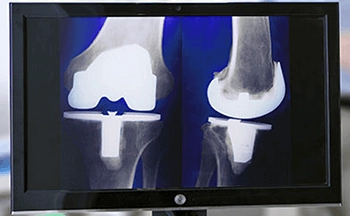
Total Knee Replacement
20 Jul 2016

The shoulder is a complex
8 Mar 2016
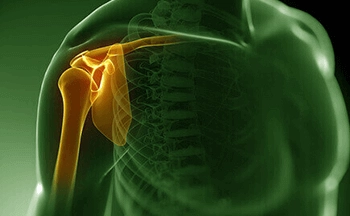
Shoulder joint complex is a
6 Feb 2015
Enquire Now

